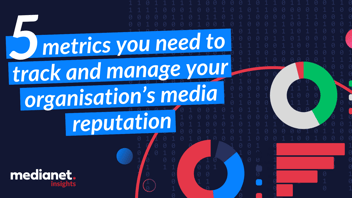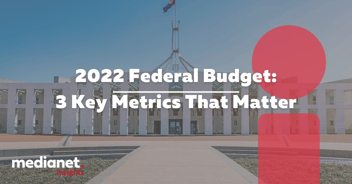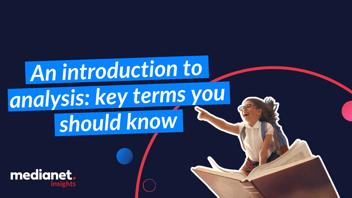4 metrics you should be using to report on your media coverage in 2023
.png?width=2880&height=450&name=An%20analysts%20guide%20to%20key%20metrics%20-%20blog%20cover%20(1920%20%C3%97%20300px).png) When it comes to analysing and reporting on your media coverage, it's important to have a clear understanding of the metrics you can use to measure success. The list of metrics you COULD use is effectively endless (which is probably why you're here), however there are a few key metrics that should be considered when reporting on your media coverage. In this blog post, we will explore four metrics, chosen by our senior analyst, that you should consider when evaluating your media coverage in 2023.
When it comes to analysing and reporting on your media coverage, it's important to have a clear understanding of the metrics you can use to measure success. The list of metrics you COULD use is effectively endless (which is probably why you're here), however there are a few key metrics that should be considered when reporting on your media coverage. In this blog post, we will explore four metrics, chosen by our senior analyst, that you should consider when evaluating your media coverage in 2023.
Sentiment
Sentiment is the measure of whether an item reflects favourably, neutrally or unfavourably on a brand or topic. Our analysts approach each individual item and ask themselves - if I was what we call the ‘reasonable reader’, would I go away feeling good, nothing one way or the other, or bad?
This type of analysis is often used to measure the overall reputation of a brand or topic, as well as to measure the impact or influence of media on the public. Sentiment analysis can help identify trends in reputation and can also be used to measure the reception of a particular media campaign.
Sentiment however is far more nuanced than what a machine or AI can fully interpret. An AI might detect the sentiment of a particular piece of media coverage by looking at keywords, but unless a human is involved in the process, it can't take into account the varying contexts and meanings of those words. For example, if a certain keyword is used in a negative way, a machine might miss that it's actually being used in a humorous way.
Want to learn more about sentiment? Hear a detailed explanation from our Senior Analyst, Nikkola.
Prominence
Prominence is the degree to which a brand or topic is a major or primary focus of a news item. Prominence is an important concept in the media industry because it determines how much attention and visibility a brand or topic will receive. It's important to remember that prominence doesn't necessarily mean the most coverage, but rather the most important coverage. Therefore more prominent coverage will focus on a brand's most important messages and accomplishments, rather than just a brief mention of the brand's name.
Hear more from Nikkola below.
Key Messaging
Key messages are the main points or ideas a brand wants to deliver in media coverage. This could be a proactive message about a campaign, or a general message about how they’re trusted and reliable, or how they’re sorry for an error they’ve made and are working to rectify it. Whilst it's important to identify which messages are being picked up by the media, it’s equally important to determine from a set of target messages which didn’t appear, and why. Sometimes this comes down to wording, media appetite, or the mix of current affairs at the time.
Key messaging can be a great tool for diving deeper into some of the metrics we've already discussed. For example, you could represent key messages alongside something like sentiment, and tell a different story altogether. In situations where positive coverage isn’t expected or maybe isn’t possible, key message delivery can show an effective media engagement strategy, where messages cut through despite criticism or extraneous issues. This provides you with data to educate internal and external stakeholders on their success, despite a less-than-desirable sentiment rating.
Media Impact Score
The Media Impact Score is a single score out of 100 that combines metrics such as sentiment, prominence, active coverage and volume to determine the true impact of a brand or organisation's media activity. This unique score was developed by our very own Medianet Insights team to allow businesses to track their media impact over time and even compare their impact to competitors.
Hear a detailed explanation from Nikkola.
Overall, it is essential to have a good grasp of the metrics available and to use the ones that are most relevant to your reporting goals. Using the four metrics suggested by our senior analyst as a guide, you can gain a better understanding of how effective your media coverage is, allowing you to make more informed decisions when it comes to your media strategy in the future.
Ready to take your media strategy to the next level in 2023? Contact us today to learn more about how we can help you make informed decisions and measure success with the latest metrics and insights.



